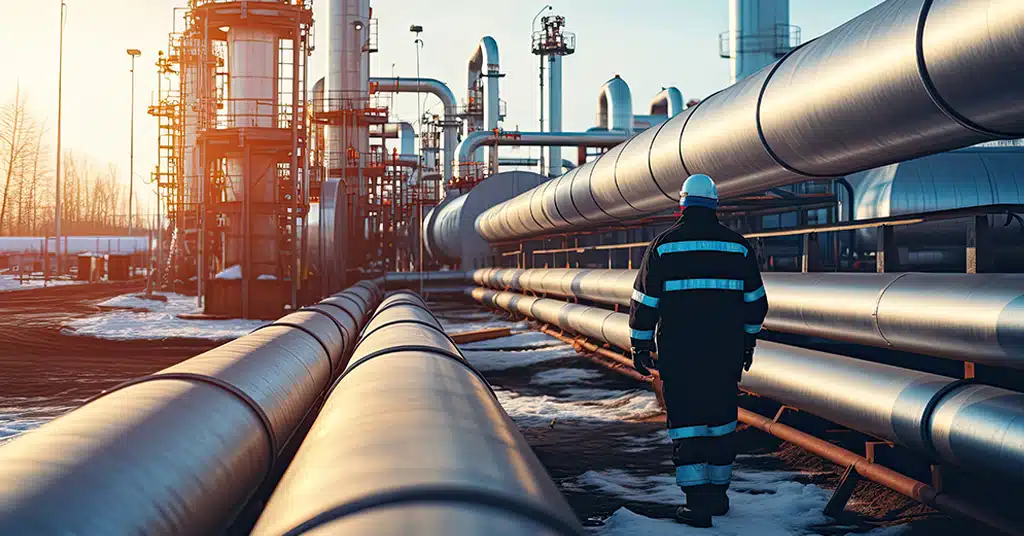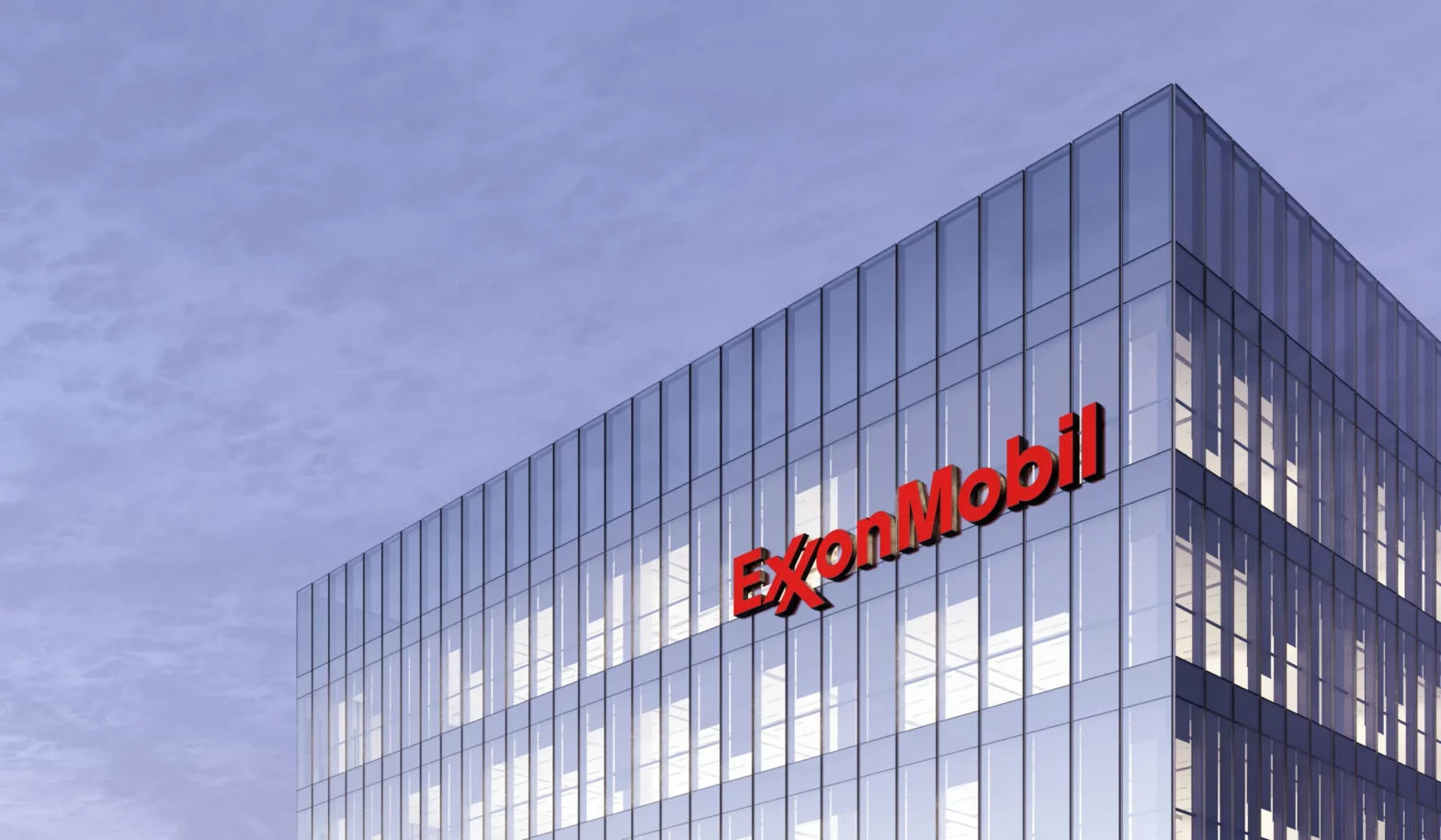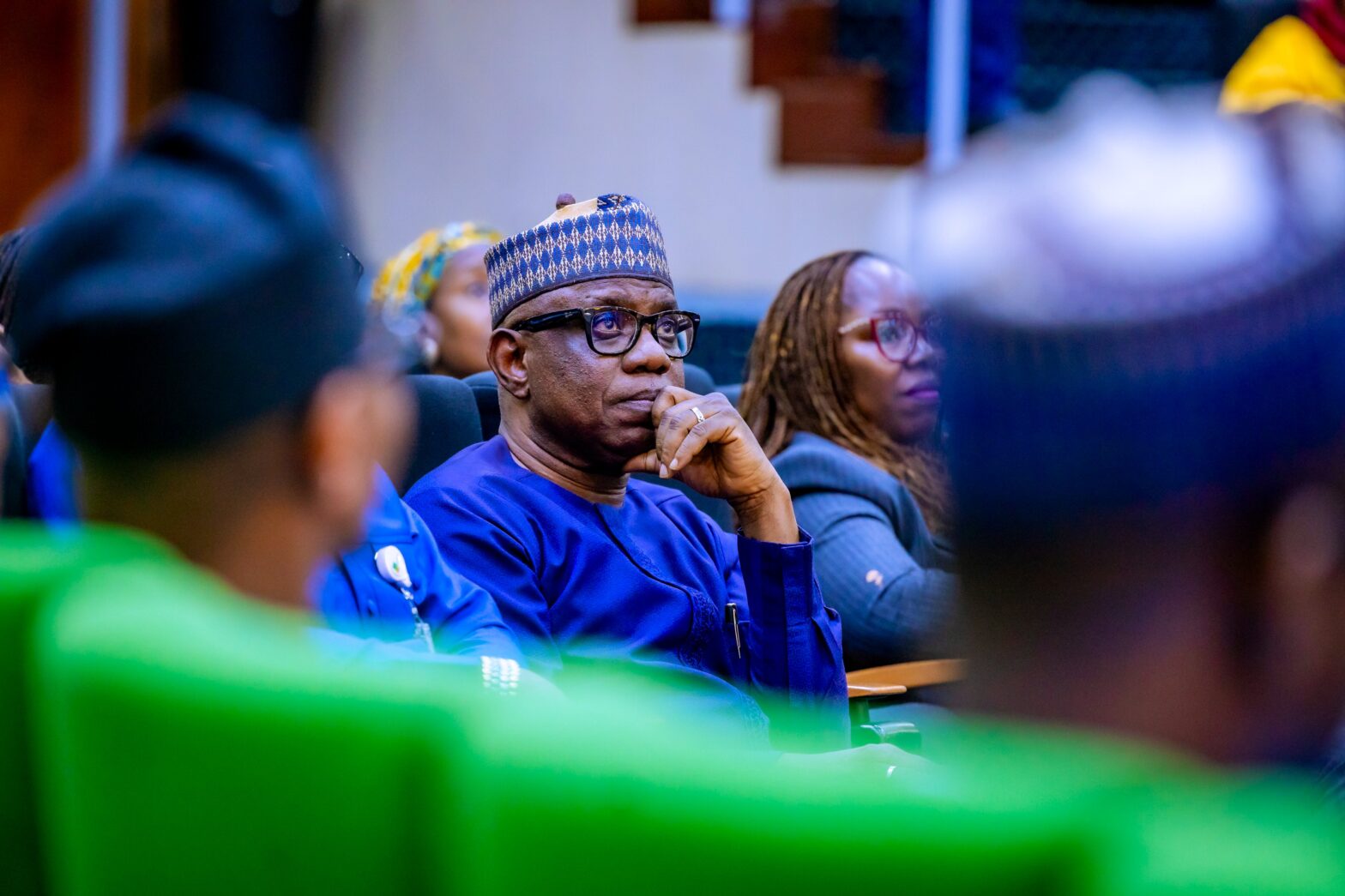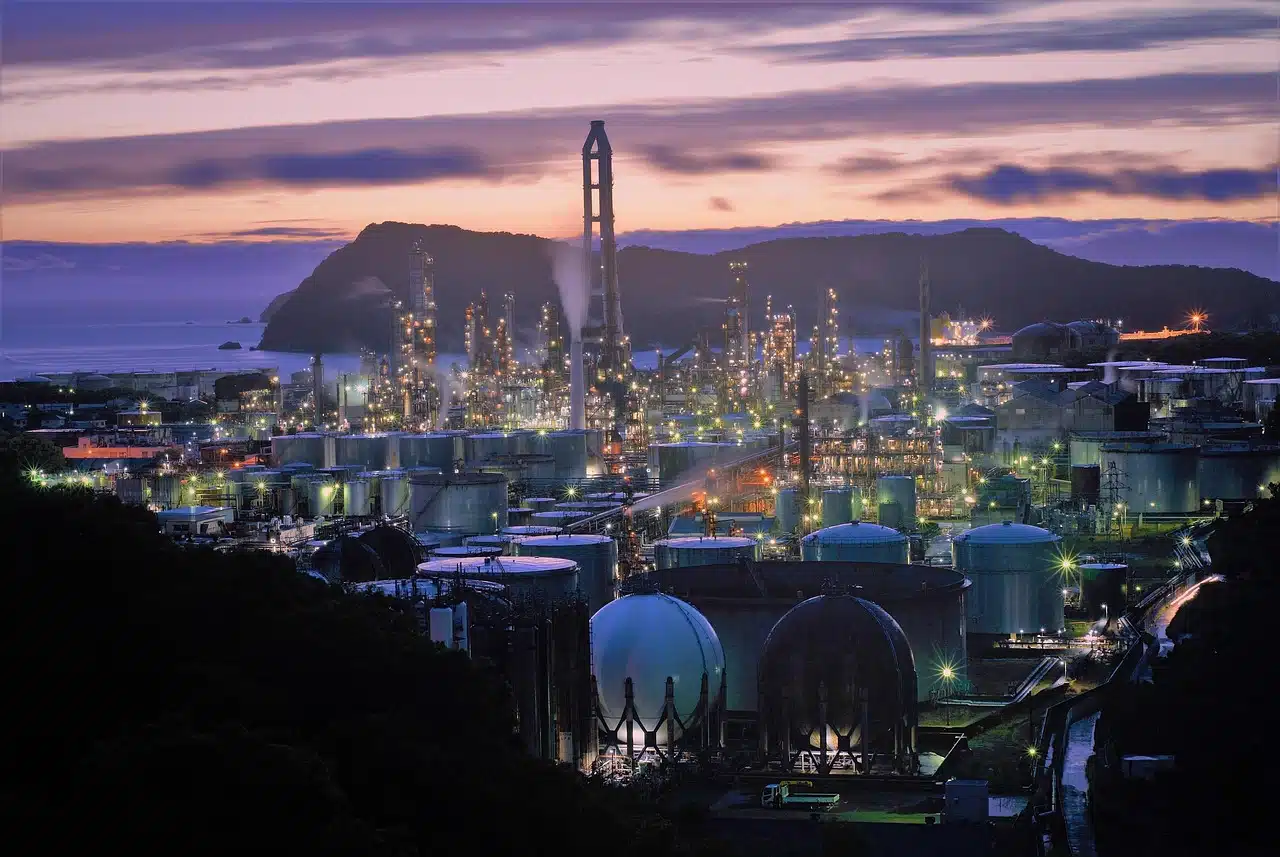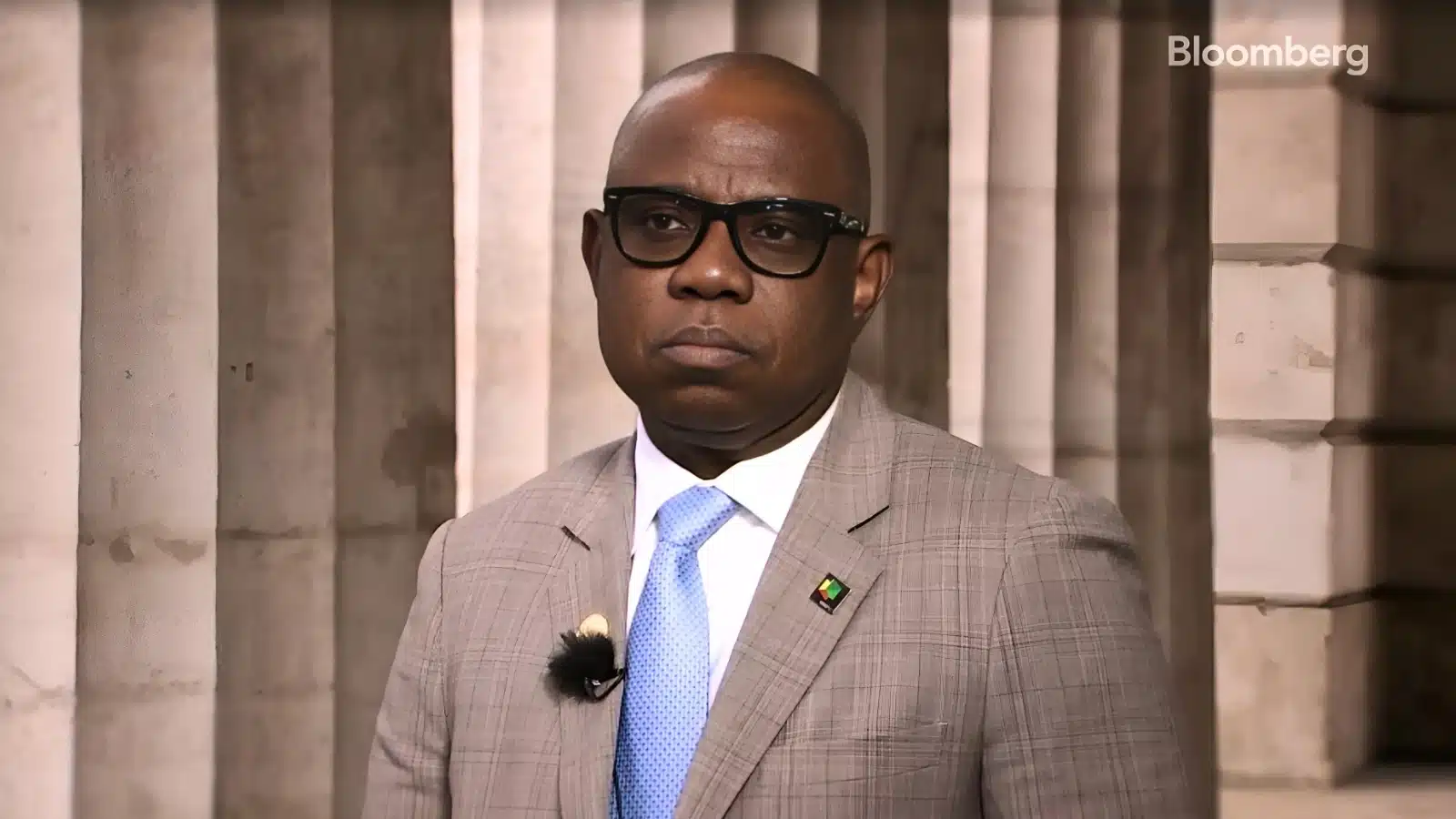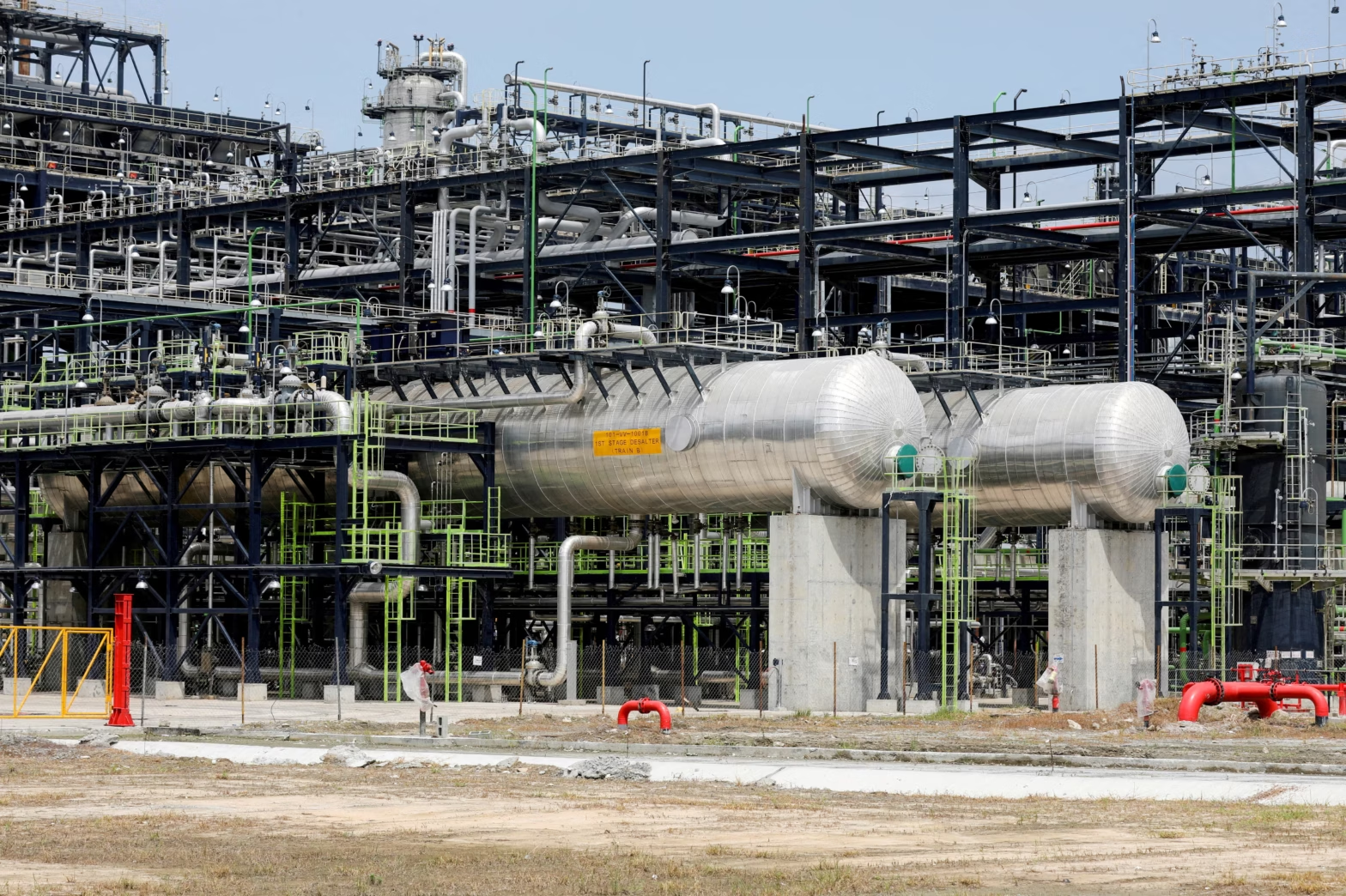Africa is projected to attract around $115 billion in midstream gas investments such as pipeline infrastructure between 2031 and 2040, representing 16% of global capital expenditure, according to the latest Global Gas Outlook 2050 report by the Gas Exporting Countries Forum (GECF).
This substantial investment indicates Africa’s growing prominence in the global natural gas industry, reflecting the continent’s vast reserves and its strategic initiatives to enhance infrastructure for gas processing, transportation, and storage.
As an emerging export hub, the report states Africa is ready for a significant surge in investment during 2031–2040, driven by countries leveraging their natural gas reserves to establish themselves as critical LNG suppliers.
Key players in this transformation include Mozambique, Nigeria, Mauritania, and Senegal.
Mozambique’s Rovuma LNG and Coral South FLNG projects, alongside Nigeria’s ongoing liquefaction expansions, are set to redefine the continent’s role in global LNG markets.
Also, Tanzania’s budding Ntorya gas project and the GTA project in Mauritania and Senegal highlight West Africa’s expanding LNG footprint.
This marks a pivotal moment as Africa strengthens its position as a major player in the global LNG supply chain.
While spending is expected to slow between 2041 and 2050, this reflects a strategic shift toward sustaining operations and supporting long-term demand.
Globally, the report indicates that current investment levels in midstream gas projects appear sufficient to meet anticipated gas demand through the 2030s, provided technological advancements and geopolitical stability are maintained.
However, beyond the early-to-mid 2030s, the sector faces an increasing risk of underinvestment in natural gas supply, potentially threatening global energy security.
The report warns of supply uncertainties that could emerge if adequate and timely investments are not secured, heightening market volatility and raising the likelihood of price spikes.
It also highlights the extreme natural gas price fluctuations observed between 2020 and 2022 as a stark reminder of the consequences of supply-demand imbalances, stressing the importance of a well-planned investment approach to ensure long-term market stability.
Moreover, inadequate midstream infrastructure investment could exacerbate these risks, limiting the ability to transport and distribute gas efficiently and further constraining supply, which would drive up natural gas prices.
The long-term investment trajectory in the global natural gas sector is shaped by two fundamental drivers: energy security and the evolving energy transition.
To maintain a stable and cost-effective natural gas supply, substantial investments in midstream infrastructure, particularly in export pipelines, liquefaction, and regasification facilities, are essential.
These projects, however, involve long development timelines and substantial upfront capital commitments, making them highly sensitive to policy shifts and market uncertainties. This complexity calls for midstream companies to adopt a more flexible and forward-looking approach to capital allocation.
While the upstream sector will continue to attract significant capital due to its resource-intensive nature, the report suggests that midstream investment will largely focus on expanding liquefaction and regasification capacity.
Africa is projected to account for 23% of global liquefaction investments by 2050, with its total output anticipated to reach 385 billion cubic meters (bcm), a significant increase from the 170 bcm recorded in 2023.
The GECF‘s Global Gas Outlook 2050 provides a comprehensive analysis of future trends in the natural gas market, offering crucial insights for policymakers and industry stakeholders navigating the evolving energy landscape.

